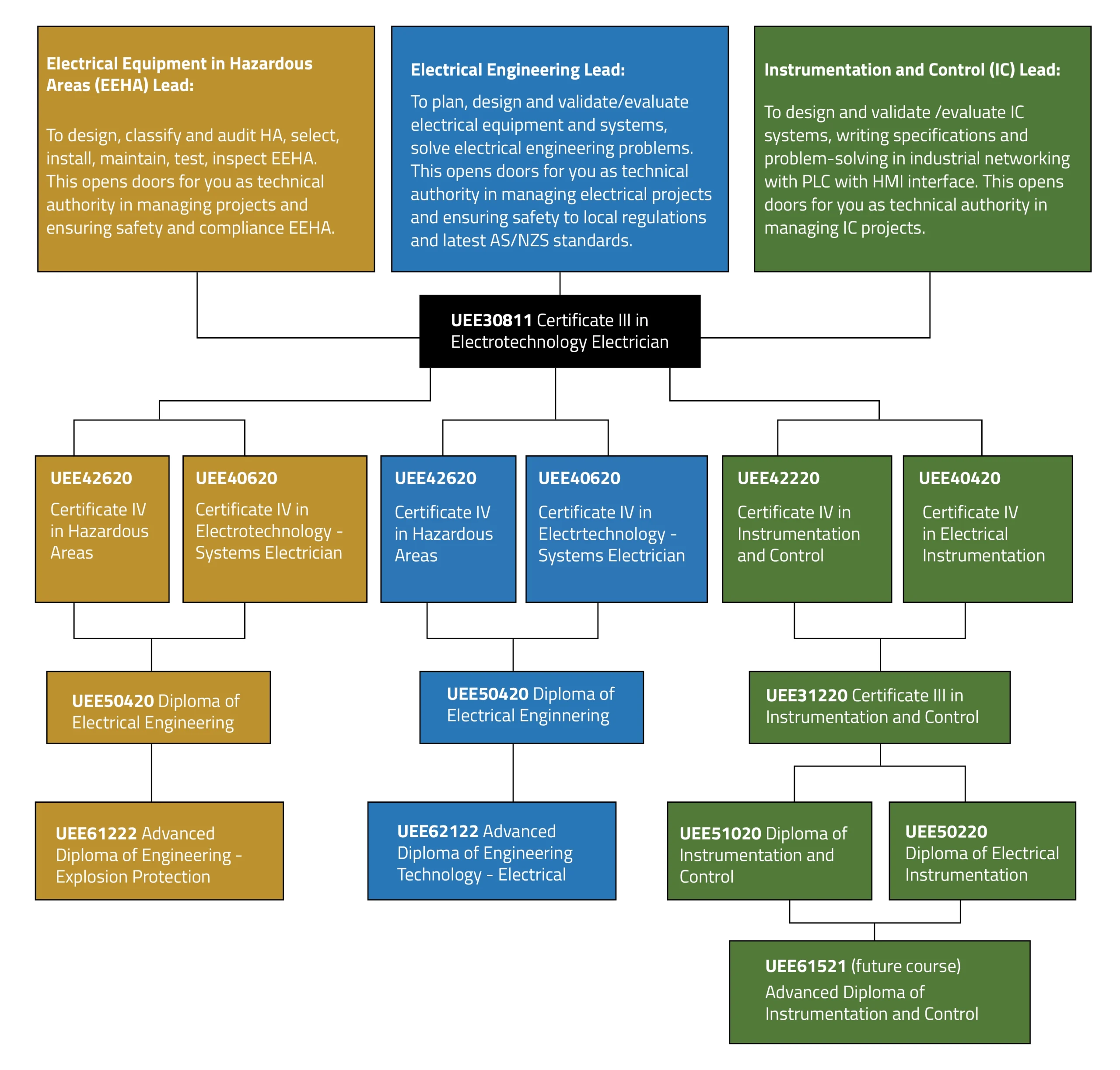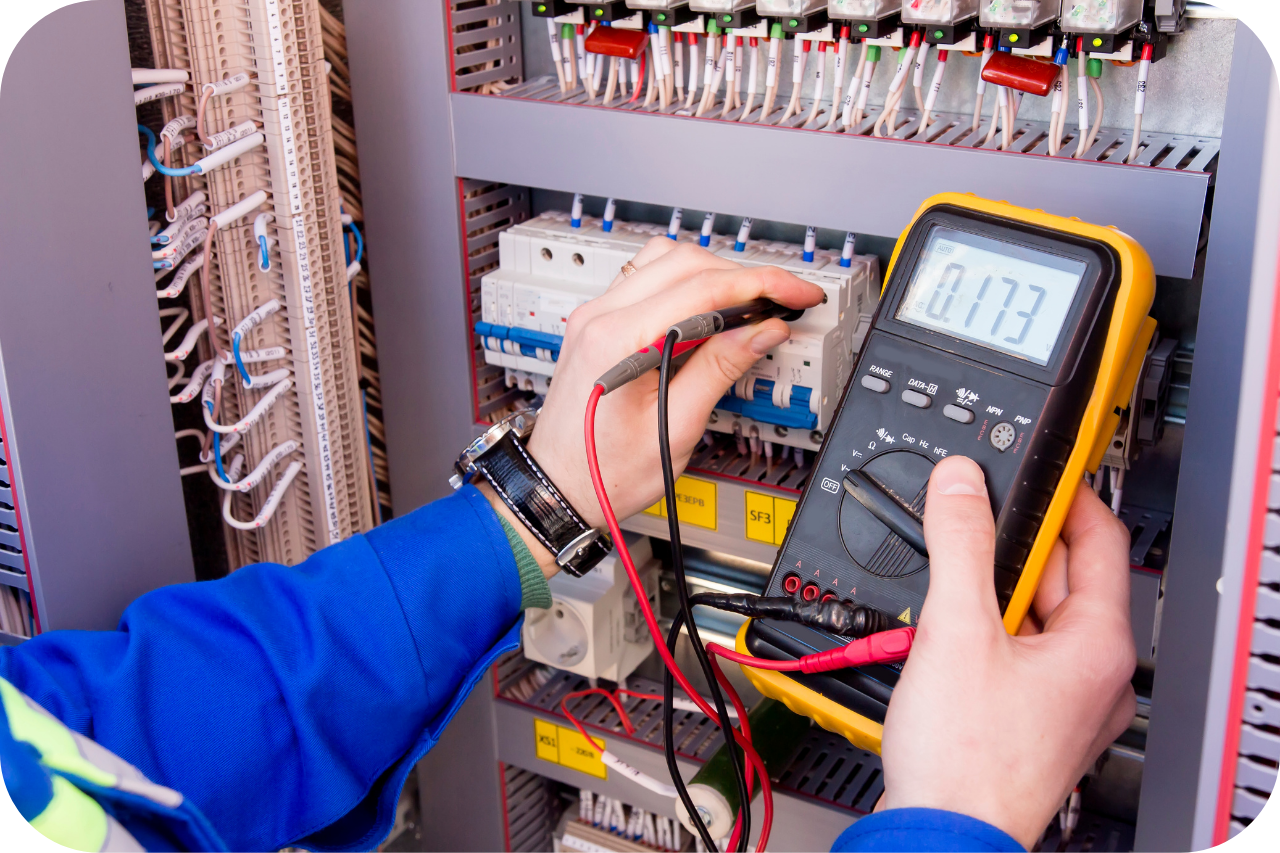All about Roar Solutions
All about Roar Solutions
Blog Article
The Definitive Guide to Roar Solutions
Table of ContentsThe Greatest Guide To Roar SolutionsNot known Facts About Roar Solutions4 Simple Techniques For Roar Solutions
In such an atmosphere a fire or surge is feasible when 3 fundamental problems are satisfied. This is usually described as the "unsafe location" or "burning" triangle. In order to shield installments from a potential explosion a method of analysing and categorizing a possibly hazardous area is needed. The objective of this is to guarantee the proper option and setup of tools to ultimately protect against a surge and to ensure safety of life.
(https://www.indiegogo.com/individuals/38463782)
No devices must be installed where the surface area temperature of the devices is above the ignition temperature level of the given risk. Below are some usual dirt hazardous and their minimum ignition temperature. Coal Dust 380C 225C Polythene 420C (melts) Methyl Cellulose 420C 320C Starch 460C 435C Flour 490C 340C Sugar 490C 460C Grain Dust 510C 300C Phenolic Resin 530C > 450C Aluminium 590C > 450C PVC 700C > 450C Residue 810C 570C The possibility of the danger being existing in a focus high sufficient to cause an ignition will certainly differ from area to area.
In order to classify this danger an installation is divided into areas of risk relying on the amount of time the hazardous exists. These areas are referred to as Areas. For gases and vapours and dirts and fibres there are 3 zones. Zone 0 Area 20 A hazardous atmosphere is very most likely to be existing and may be present for lengthy durations of time (> 1000 hours annually) or even constantly Zone 1 Area 21 A harmful environment is possible but not likely to be existing for extended periods of time (> 10 450 C [842 F] A category of T6 suggests the minimal ignition temperature is > 85 C [185 F] Harmful area electrical tools possibly developed for use in greater ambient temperature levels. This would showed on the score plate e.g. EExe II C T3 Ta + 60C( This implies at 60C ambient T3 will certainly not be surpassed) T1 T1, T2, T3, T4, T5, T6 T2 T2, T3, T4, T5, T6 T3 T3, T4, T5, T6 T4 T4, T5, T6 T5 T5, T6 T6 T6 A T Course score of T1 implies the optimum surface area temperature created by the instrument at 40 C is 450 C. Thinking the associated T Course and Temperature level score for the equipment are ideal for the area, you can always make use of a tool with a more stringent Department rating than needed for the area. There isn't a clear solution to this concern. It really does rely on the kind of tools and what repair services need to be performed. Tools with specific examination treatments that can't be executed in the field in order to achieve/maintain 3rd party rating. Have to come back to the manufacturing facility if it is prior to the devices's solution. Field Repair Service By Authorised Employee: Complicated testing may not be called for nevertheless specific treatments may require to be followed in order for the devices to keep its 3rd party rating. Authorized workers need to be used to perform the work properly Fixing must be a like for like replacement. New element have to be thought about as a straight substitute calling for no special testing of the devices after the fixing is total. Each item of tools with a harmful score must be reviewed independently. These are described at a high level below, but also for even more in-depth info, please refer straight to the standards.
Roar Solutions - An Overview
The equipment register is an extensive database of devices records that consists of a minimum collection of areas to determine each item's area, technical parameters, Ex-spouse classification, age, and ecological data. This information is essential for monitoring and handling the tools successfully within dangerous areas. On the other hand, for routine or RBI sampling evaluations, the grade will be a combination of Thorough and Close assessments. The proportion of Comprehensive to Shut examinations will be established by the Devices Threat, which is evaluated based upon ignition threat (the likelihood of a resource of ignition versus the probability of a flammable environment )and the hazardous area classification
( Area 0, 1, or 2). This variant will certainly additionally affect the resourcing requirements for job prep work. Once Whole lots are defined, you can establish tasting plans based upon the example size of each Great deal, which describes the number of random equipment products to be evaluated. To identify the called for sample dimension, 2 elements require to be evaluated: the size of the Great deal and the category of assessment, which suggests the degree of initiative that should be used( minimized, regular, or boosted )to the evaluation of the Great deal. By integrating the group of examination with the Whole lot size, you can after that develop the appropriate denial standards for an example, implying the allowable number of More Bonuses malfunctioning things found within that example. For even more information on this procedure, please refer to the Power Institute Standards. The IEC 60079 basic suggests that the maximum interval between assessments must not surpass three years. EEHA examinations will certainly additionally be performed beyond RBI projects as component of set up maintenance and tools overhauls or fixings. These inspections can be credited towards the RBI example sizes within the influenced Great deals. EEHA evaluations are carried out to recognize mistakes in electric tools. A weighted racking up system is crucial, as a solitary piece of equipment might have several faults, each with differing levels of ignition threat. If the consolidated score of both examinations is less than twice the mistake score, the Great deal is deemed appropriate. If the Lot is still taken into consideration inappropriate, it must undertake a full inspection or validation, which may trigger more stringent evaluation protocols. Accepted Whole lot: The reasons for any faults are identified. If a typical failing mode is located, added equipment might require assessment and repair work. Mistakes are classified by intensity( Safety, Stability, Housekeeping ), ensuring that immediate concerns are examined and resolved immediately to reduce any type of effect on safety or procedures. The EEHA database need to track and tape-record the lifecycle of faults in addition to the restorative actions taken. Applying a durable Risk-Based Evaluation( RBI )method is critical for guaranteeing conformity and safety and security in handling Electric Tools in Hazardous Locations( EEHA) (eeha). Automated Mistake Rating and Lifecycle Monitoring: Easily take care of mistakes and track their lifecycle to boost inspection accuracy. The introduction of this support for risk-based evaluation additionally enhances Inspectivity's setting as a best-in-class remedy for governing compliance, in addition to for any type of asset-centric assessment usage case. If you have an interest in finding out extra, we invite you to ask for a demo and uncover how our remedy can change your EEHA administration processes.
A Biased View of Roar Solutions

In terms of eruptive danger, a harmful area is an environment in which an eruptive ambience exists (or might be expected to be existing) in amounts that call for unique precautions for the building, setup and use tools. Roar Solutions. In this article we discover the difficulties encountered in the work environment, the threat control measures, and the called for competencies to function safely
It is a repercussion of modern life that we produce, save or deal with a series of gases or liquids that are regarded flammable, and a variety of dusts that are considered flammable. These substances can, in specific problems, form explosive ambiences and these can have major and unfortunate repercussions. Many of us know with the fire triangle get rid of any kind of one of the three aspects and the fire can not occur, however what does this mean in the context of hazardous locations? When damaging this down into its most basic terms it is essentially: a mix of a certain amount of launch or leakage of a certain compound or product, combining with ambient oxygen, and the existence of a resource of ignition.
In a lot of circumstances, we can do little concerning the degrees of oxygen airborne, yet we can have significant influence on sources of ignition, for instance electric tools. Dangerous areas are documented on the dangerous area classification drawing and are determined on-site by the triangular "EX LOVER" indication. Here, amongst other essential information, zones are divided right into 3 types depending upon the danger, the probability and duration that an eruptive environment will certainly exist; Zone 0 or 20 is deemed the most unsafe and Area 2 or 22 is considered the least.
Report this page